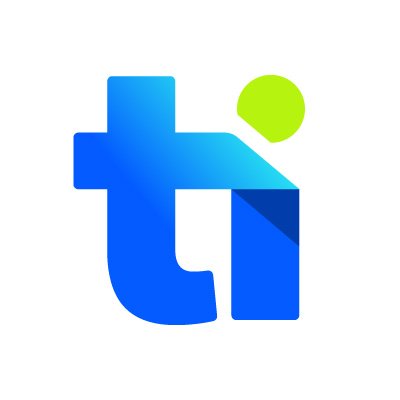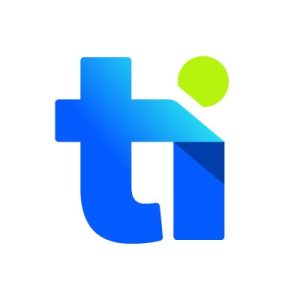In our progressively interconnected global landscape, the domain name system (DNS) plays a pivotal role as the bedrock of the internet’s functionality. It furnishes users with easily comprehensible addresses, enabling access to websites, services, and information. Nonetheless, this indispensable system is susceptible to misuse. DNS abuse spans a spectrum of malevolent activities that erode the internet’s integrity, jeopardising user safety and trust.
DNS abuse involves the inappropriate use of the domain name system and domain names for unauthorised purposes such as illegal, fraudulent, or malicious activities. Such misuse can result in substantial negative outcomes, including phishing attacks, the distribution of spam, the spread of malware, infringement of trademarks, and other detrimental consequences.
A specific instance of domain abuse is domain hijacking, where an individual or entity takes over a domain name without the original owner’s permission. Attackers exploit vulnerabilities in the domain registration process, manipulate account credentials, or engage in other unauthorised activities. This can lead to severe consequences, such as the unauthorised transfer of a domain to another registrar or the alteration of domain settings. For example, an attacker might gain access to a company’s control panel on a registrar and redirect the domain to a fraudulent site, causing financial harm and damaging the company’s reputation.
DNS abuse is relatively common, with an increase in attacks being recorded. Cybercriminals often use domain names for illegal purposes or purposes inconsistent with the intended use of the domain. Attackers can compromise the content management service the owner is using and insert malicious or infringing content, such as phishing pages or malware, often without the owner’s knowledge. The prevalence of DNS abuse underscores the importance of robust cybersecurity measures and vigilance in managing domain and hosting assets to protect against potential threats. Organisations and individuals should stay informed about security best practices to mitigate the risks associated with DNS abuse.
The Internet Corporation for Assigned Names and Numbers (ICANN) is currently implementing the Domain Abuse Activity Reporting (DAAR) project, designed to investigate and report on security threats and domain name registrations across various top-level domain (TLD) registries. The documented instances of abused domain names exhibited a compound annual growth rate (CAGR) decrease of 18.1% from 2020 to the present year-to-date (YTD).
Detecting domain abuse can be challenging as it often involves multiple components. Many enterprises recognise the importance of monitoring for potential misuse to protect their reputation. Malicious actors commonly use compromised legitimate domains for abuse, making it harder to mitigate than outright malicious registrations. A classic example includes creating deceptive login pages that mimic legitimate websites, intending to mislead individuals into disclosing their credentials.
DNS abuse can take various forms. Phishing attacks involve cybercriminals using fraudulent domain names and websites to impersonate legitimate entities, tricking users into revealing sensitive information. Malware distribution sees malicious actors establishing domains or compromising websites to host and disseminate malware, posing direct risks to individuals’ and organisations’ digital systems. Spam and fraudulent activities, including fake shops, erode users’ trust and can lead to financial losses and damaged reputations. Trademark infringement involves abusively registered domains that include trademarks, undermining brand value and causing financial harm to legitimate businesses.
To protect against DNS abuse, trademark holders can leverage domain blocking functions available in many top-level domains. Domain blocking safeguards trademarks by restricting the availability of domain names matching protected keywords from unauthorised registrations. Specialised services like AdultBlock and GlobalBlock offer additional protection across various domain extensions.
Registrants can also use Registry Lock services to protect valuable or important domain names against unauthorised modifications or transfers. This high-level security feature prevents unauthorised, automated updates to domain name registrations through a secure, verified manual process.
Reporting domain abuse typically involves several steps. First, identify the misuse, suspicious activities, or violations related to a domain name. Next, gather relevant details about the abusive domain, such as specific URLs and supporting evidence. Contact the responsible party, such as the domain registrar or hosting provider, providing actionable evidence and a clear description of the abuse. Some organisations and industry groups offer specialised tools or platforms for reporting domain abuse, streamlining the process. In serious cases, involving law enforcement may be necessary. Finally, monitor the resolution and consider sharing information with relevant groups to raise awareness and prevent similar incidents.
The integrity of the internet depends on the conscientious and ethical utilisation of domain names. Mitigating domain abuse is a shared responsibility among all internet stakeholders. Through cooperation with domain registrars, registries, hosting providers, law enforcement, and internet governance bodies, we can collaboratively transform the digital sphere into a realm of trust, innovation, and opportunity for everyone. Let’s unite in our efforts to safeguard the integrity of domain names and uphold the openness, accessibility, and security of the internet for future generations.
Team Internet plc (LON:TIG) – formerly CentralNic – is a global internet solutions group headquartered in London. Leveraging world-class technologies and industry leading teams, they have been transforming the way organisations, brands, publishers and consumers connect and thrive online.


